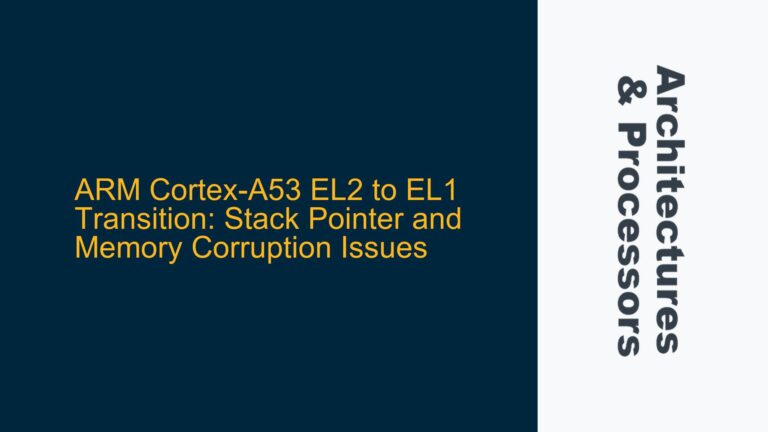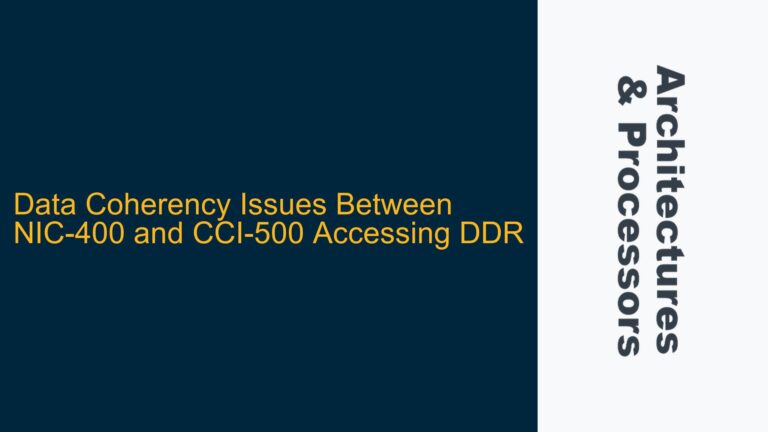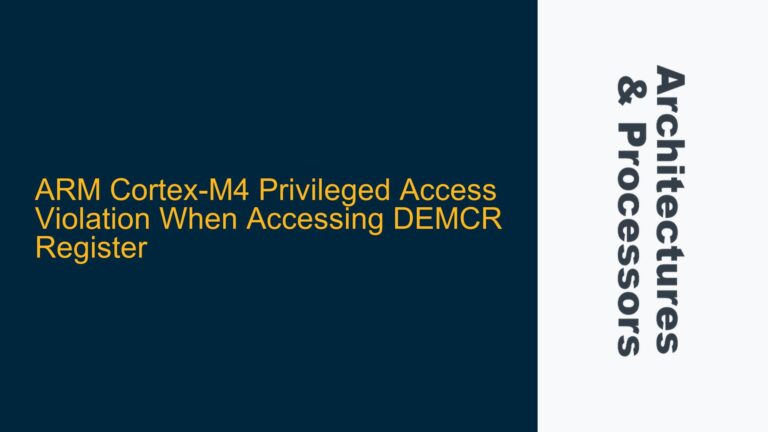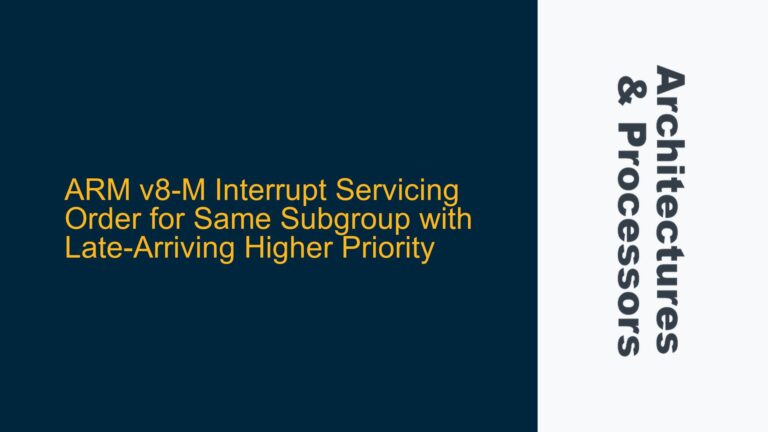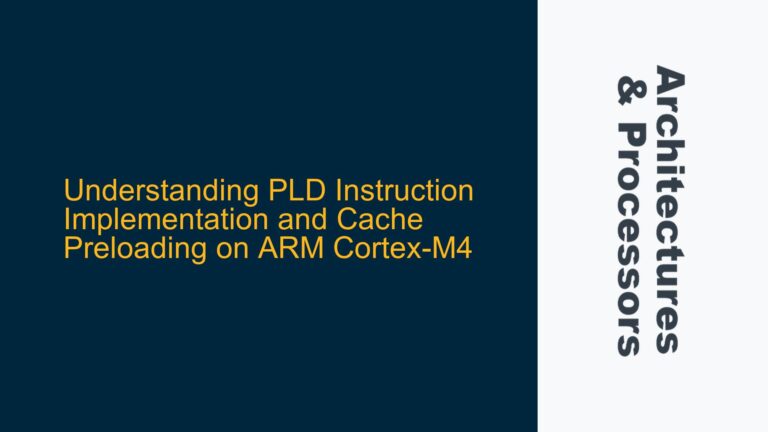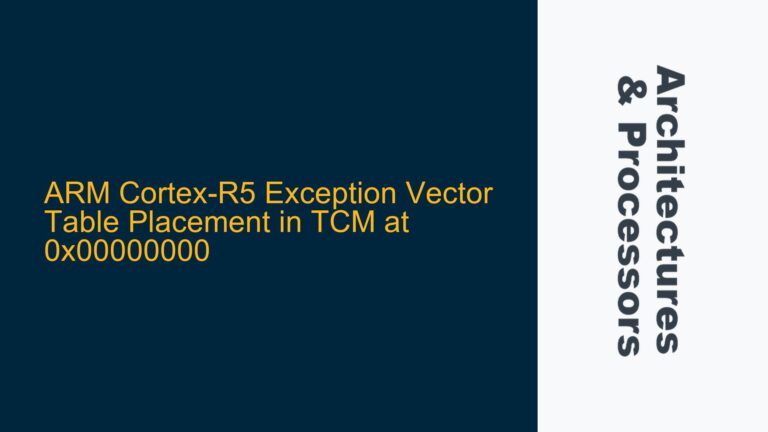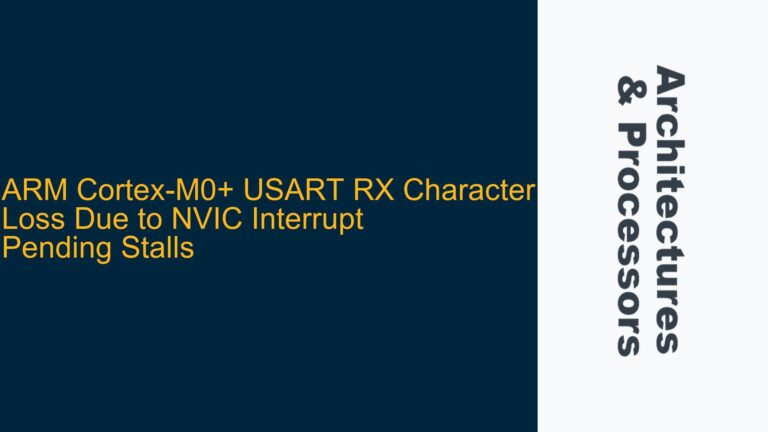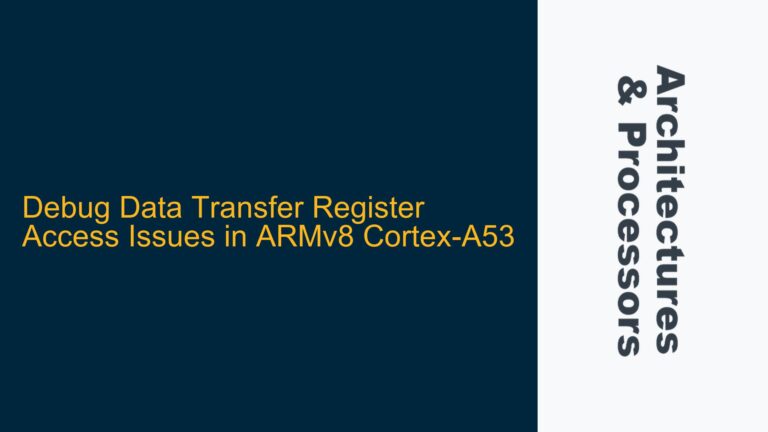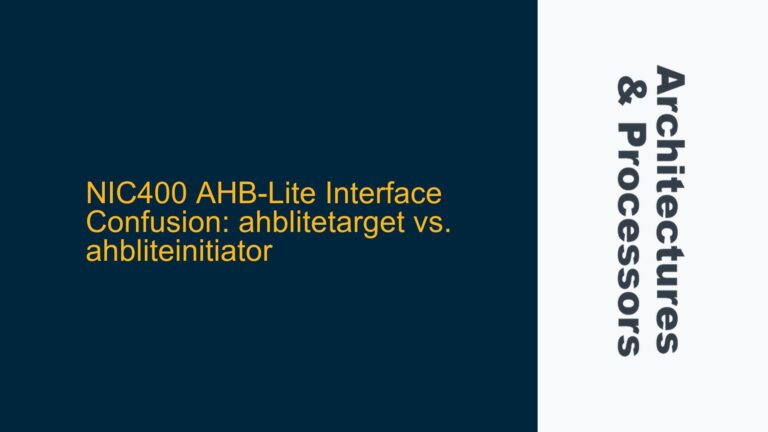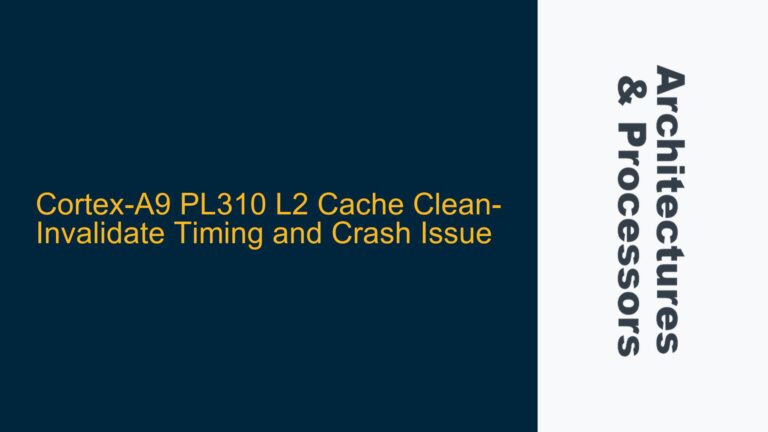ARM Cortex-A53 EL2 to EL1 Transition: Stack Pointer and Memory Corruption Issues
EL2 to EL1 Transition Failure with Stack Usage in Bare-Metal Code The core issue revolves around a failure in transitioning from Exception Level 2 (EL2) to Exception Level 1 (EL1) on an ARM Cortex-A53 processor, specifically on a Raspberry Pi 3B. The EL2 code successfully initializes the UART and prints a message, but when it…
